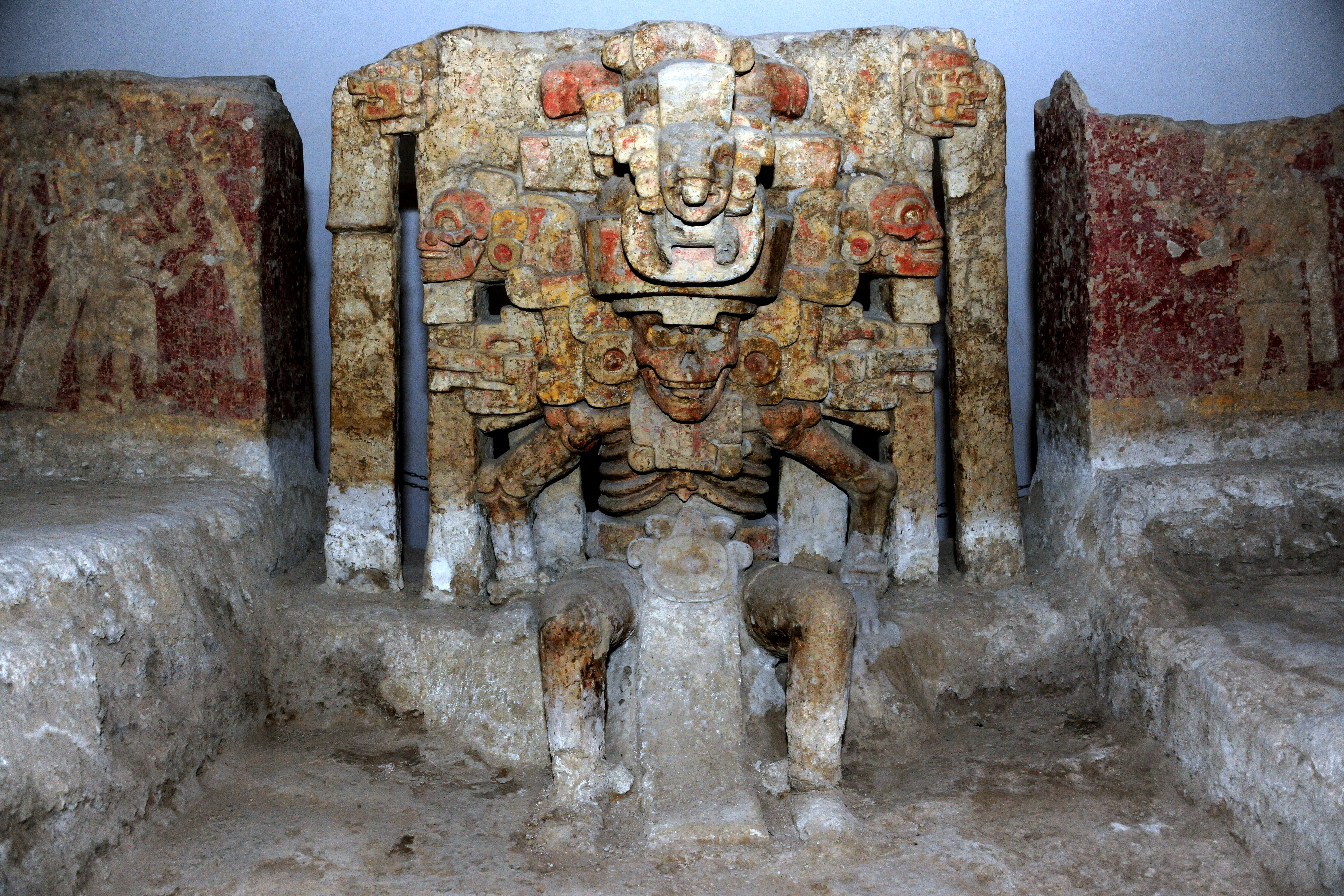Visit us
Museo de Sitio de El Zapotal
Opening hours
Monday to Sunday from 09:00 to 17:00 h
Fee
Sin costo
Adress
Community of El Zapotal Number 1, in the municipality of Ignacio de la Llave, Veracruz; located between Independencia and Ignacio de la Llave Streets.
Access
Take the Veracruz-Alvarado highway and turn right into the municipality of Tlalixcoyan. Continue towards the town of Ignacio de la Llave and turn right to reach El Zapotal
Services


Important
- No smoking
- No entry with food
- Pets not allowed



